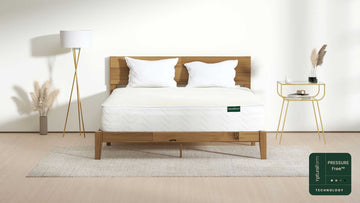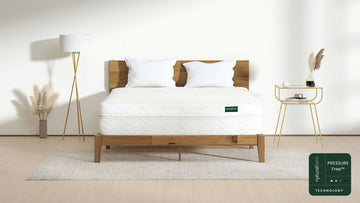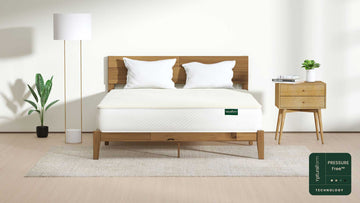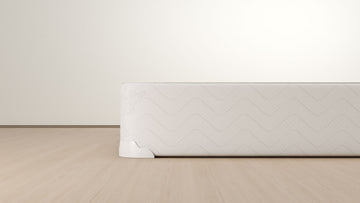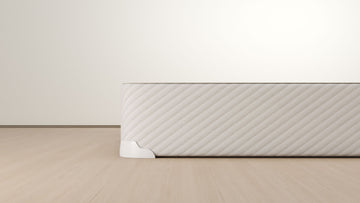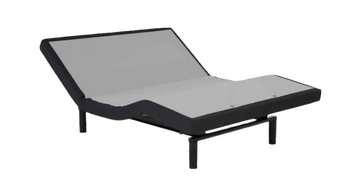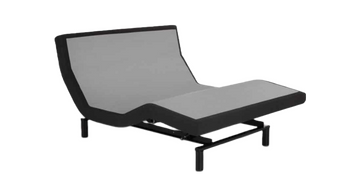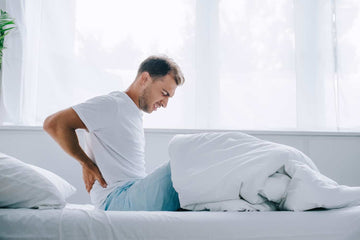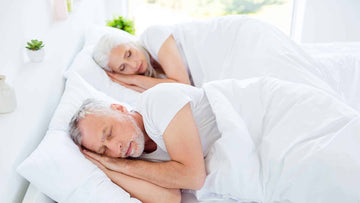About Herniated Discs
How do you correct it?
What prevents sleep?
Millions of people experience back or neck pain due to conditions such as arthritis of the spine, spinal stenosis, sciatica, degenerative disc disease and herniated discs . During sleep, lack of movement and motion allows for the body to remain in one position for long periods of time. These put added stress on any component of your neck or back, which can potentially worsen these conditions.
When about a third of the day is spent in bed, it is critically important to have proper spinal alignment while we sleep, just as we would try to have good posture throughout the day while sitting or standing. Good spinal alignment is essential to preventing herniated disc symptoms while sleeping, so that a person can reap the full benefits of a good night’s sleep.
What a good night's sleep looks like with a Herniated Disc
Someone suffering from a herniated disc often experiences a variety of night time symptoms, and these include:
1. Numbness & tingling
2. Arm and leg pain
3. Weakness in muscles, which can affect daily activities, including the ability to get a good night’s sleep
Envisioning a good night’s sleep with a herniated disc includes the alleviation of pressure on the nerves in the back, neck and spine. A good quality mattress and adjustable base is a fundamental investment to help sooth these conditions. Some medical professionals also recommend sleeping in a reclining chair or using a wedge pillow as a solution to keep the body elevated. But, reclining chairs don’t typically allow the same level of customization as an adjustable bed. As for wedge pillows, they limit sleeping positions, such as sleeping on the side and/or stomach. Therefore, only allowing back sleeping, which increases the incidences of snoring and snoring can lead to acid reflux. So in most cases an adjustable bed is your best choice.
What to look for in a mattress if you suffer from a herniated disc?
Spinal alignment
Firmness
Durability
Hospital tested & clinically proven
Sleep trial
How should you sleep with Herniated Discs?
Best exercises for Herniated Disc pain relief
1. Partial Crunches
2. Hamstring stretches
3. Wall Sits
4. Press-up Back Extensions
5. Bird Dog
6. Pelvic Tilts
7. Glute Bridges
